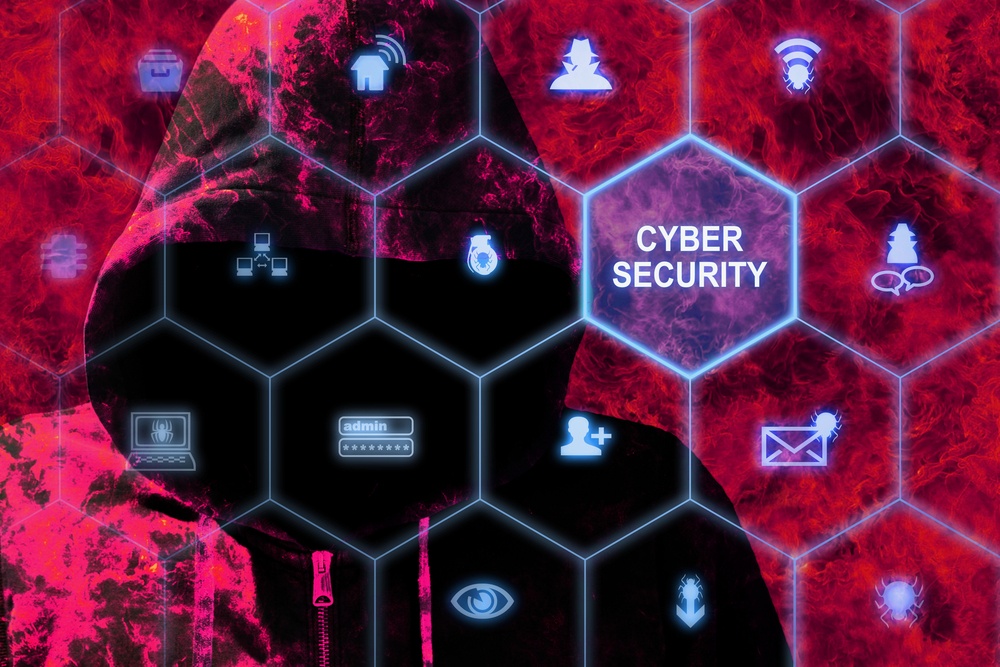Key Takeaways:
- Agentic AI promises to automate threat detection and response.
- Real challenges include false alerts and new risks like prompt injections.
- Human oversight is vital to guide agentic AI systems.
- Strong governance can ensure safe agentic AI deployment.
Cyber defenders face growing threats every day. Meanwhile, attackers use smarter tools to break in. In response, agentic AI steps up to help. This new type of artificial intelligence acts on its own. It can detect threats and respond faster than humans. Yet, real-world tests show both promise and pitfalls. Therefore, balancing speed with human insight is essential.
How agentic AI Works to Fight Threats
First, agentic AI scans network traffic and system logs. Next, it spots odd patterns that may signal an attack. Then, the system decides on a response without waiting for human approval. For example, it can isolate a server, block a suspicious IP, or shut down a risky process. As a result, threats may be stopped before damage occurs. Moreover, agentic AI learns from each action to improve future defense.
In contrast, traditional tools rely on human teams to spot alarms. Analysts must sift through alerts and decide what to do. This can slow response by hours or days. In fast attacks, that delay proves costly. Therefore, automation offers an edge. Yet, only true agentic AI can act without constant guidance.
Real-World Hurdles for agentic AI
Despite the hype, agentic AI faces real challenges. First, false positives remain a concern. If the system misreads normal behavior as harmful, it may shut down key services. This can harm business operations and user trust. Second, new vulnerabilities emerge when AI can run its own code. For instance, prompt injections let attackers trick the AI into dangerous actions. Third, many organizations lack solid rules to govern agentic AI behavior. Without clear policies, systems may act outside intended boundaries.
Furthermore, some attacks are too complex for AI alone. Social engineering schemes or insider threats may fool both machines and humans. Therefore, agentic AI must work alongside people. Security teams need clear visibility into AI decisions. They also need ways to override actions quickly. Otherwise, rogue automation could cause more harm than good.
Balancing Speed and Safety
To get the best results, teams must blend automation with human insight. First, organizations should set clear guardrails. This means defining what actions agentic AI can and cannot take. For example, it may block unknown devices but not shut down core servers without approval. Second, regular audits can check how the AI makes decisions. This helps spot biases or unwanted behaviors early on. Third, security staff must receive training on how to interpret AI alerts. They also need to know when to step in and take control.
Moreover, feedback loops are key. When humans correct AI errors, the system should learn from them. Over time, this reduces false positives and improves accuracy. In addition, combining agentic AI with traditional threat intelligence can boost defense. Human experts can feed context and strategy into AI models. As a result, the system gains a deeper understanding of complex threats.
Governance for Responsible agentic AI Deployment
Strong governance helps companies steer clear of risks. First, clear policies should outline data handling and privacy rules. AI systems often access sensitive user data, so controls must prevent misuse. Next, change management procedures ensure updates to agentic AI models stay safe. Every model change needs review and testing before deployment. Also, incident response plans should include scenarios where agentic AI mistakes cause issues. Teams must know how to rollback actions quickly and restore systems.
In addition, transparency is vital. Organizations should document how their agentic AI makes decisions. This creates trust among stakeholders and regulators. It also simplifies investigations when things go wrong. Finally, collaboration with industry peers can help share best practices. By working together, security teams can tackle emerging threats faster.
The Future of agentic AI in IT Security
Looking ahead, agentic AI may become a core part of all security operations. As models grow smarter, they will handle more complex scenarios. For instance, AI could detect when an insider plans data theft and stop it before damage. In parallel, human teams will evolve their roles. Rather than chasing alerts, they will focus on strategy and oversight. This shift could free up security experts to tackle high-level threats.
However, success depends on careful planning. Companies that rush into automation without guardrails risk costly mistakes. In contrast, those that build a strong foundation will gain a real edge. Therefore, it pays to start pilots with limited scope. Then, measure results and refine processes before wider rollout. Over time, agentic AI can grow in responsibility and trust.
Finally, industry standards are likely to emerge. Regulators and associations will set guidelines for safe agentic AI use. This will help level the playing field and protect users. As a result, companies will have a clear path to adopt powerful AI tools responsibly.
Frequently Asked Questions
What makes agentic AI different from regular security tools?
Agentic AI acts on its own without constant human input. In contrast, traditional tools raise alerts and wait for analysts to decide.
Can agentic AI replace human security teams?
Not completely. While it handles fast, routine tasks, humans still guide strategy, audit decisions, and manage complex threats.
How do organizations prevent false positives in agentic AI?
They set clear rules, audit AI actions, and create feedback loops so humans can correct mistakes and train the system.
What steps ensure safe agentic AI deployment?
Start with small pilots, define governance policies, train staff, monitor decisions, and build incident plans to handle AI errors.

